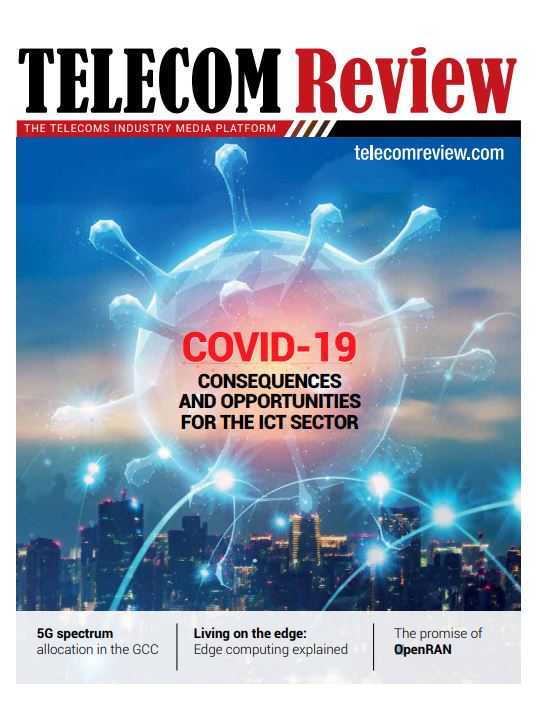

According to Brett Hollenbeck, professor at the UCLA Anderson School of Management, fake reviews have ballooned in recent years: “Amazon began letting Shenzhen manufacturers sell direct rather than through an intermediary. Phishing scams are all over the place.īut fake reviews are one of the most lucrative, growing considerably over the past several years.

#Amazon photos review 2020 full#
Influencers promising heaps of passive income through easy Amazon sales leave their followers with storage units full of unsold inventory when they find out the process is a lot less passive than they were led to believe. Sellers scam competitors by leaving a bad review on their product page and upvoting the one-star review to hurt their search position. Buyers scam sellers by claiming their package never arrived in order to receive a second item. The company claims in the complaint that these groups violate Federal Trade Commission laws prohibiting deceptive endorsements in which there is a hidden connection between a seller and reviewer.įraudulent reviews are hardly the only scheme on Amazon. Last week, the company took one of its biggest actions to date: filing a complaint in Seattle’s King County Superior Court against the administrators of more than 11,000 Facebook groups recruiting people for review scams with the aim of finding out who is running the pages and shutting them down. Naturally, Amazon, whose search rankings for its millions of listed products rely heavily on reviews, wants those write-ups to be real, not fake. You cannot fake a really detailed review talking about a book.” “When we look at categories where you can start drop-shipping a product and slapping on a logo and competing with other people, those have a lot of fraud,” says Saoud Khalifah, founder of Fakespot. Think home goods and cheap-ish tech products that consumers don’t expect to last forever. The review fraud is not distributed equally - with more scams in the $15 to $40 range of products, where brand names aren’t a necessity. According to the fraudulent-review-detection service Fakespot, around 42 percent of 720 million Amazon reviews assessed in 2020 were bogus. It may sound like a lot of money to dole out, but the gaming of Amazon reviews can be big business: According to an analysis by the e-commerce consultant Pattern, a one-star increase on an Amazon listing can pump up sales by as much as 26 percent, which is why so many sellers are juking the stats. (The cash bonus is usually paid on PayPal, which Amazon does not use.) Private groups like “Amazon Product Review” and the more clandestine “R**fund Aftr R**vew” bring in tens of thousands of people willing to write a few sentences and take a couple pictures in exchange for a product - and maybe $5 to $10 on top.
#Amazon photos review 2020 for free#
A company making a generic product in Shenzhen or Chennai uses an intermediary to set up a Facebook group, Twitter account, or Telegram channel with a name that attracts users looking for free merch. Buying off consumers looking for free headphones, body pillows, or indoor-gardening kits, these manufacturers shoot to the front page of a given search, boosting sales and frustrating the competition dumb enough to play fair. For years, third-party sellers have been gaming the megaretailer’s all-important reviews section by sending complementary goods to real people in exchange for glowing write-ups - even if the thing sucks. Photo-Illustration: Intelligencer Photos: Getty Images/AmazonĪmazon has a problem: People like free stuff.


 0 kommentar(er)
0 kommentar(er)
